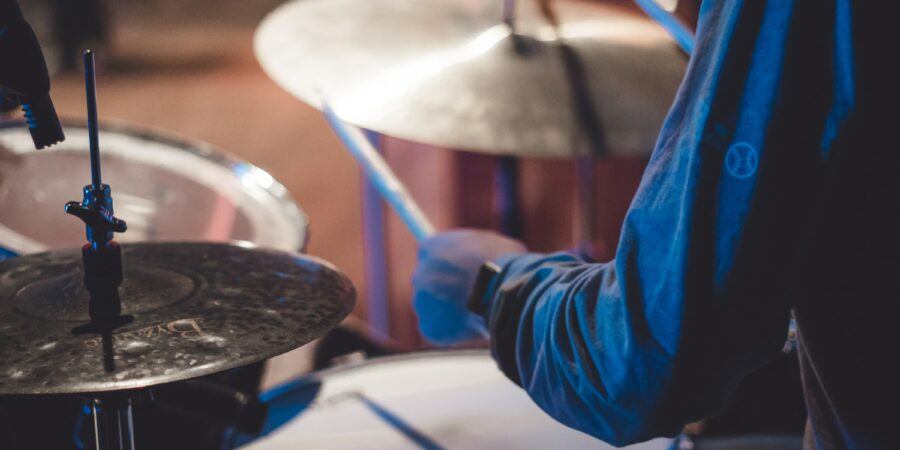Percussion instruments are the foundation of a wide range of ethnic musical genres, as well as a fantastic method to bring colour, richness, and dynamics to even modern music.
In this overview, we will discuss the materials used to make percussion instruments, their various types, and their sound, as well as a little bit about everything else. We’ll discuss how the material of a drum’s body and head impacts its sound, as well as how well a particular instrument is suited to certain types of music.
Percussion Instruments Of Various Sizes
Percussion instruments can be found in nearly every musical culture. It is simply impossible to discuss all of the different types of percussion instruments due to their vast variety. As a result, we’ll concentrate on the most popular and important percussion instruments. Let’s start with percussion instruments that are little.
Clave (Claves)
It is a very simple hand percussion instrument, consisting of only two wooden sticks. To hear their distinct sound, simply knock one stick against the other. Both hard and softwoods can be used to make claves.
Shakers
Shakers can be found in all types of music. Almost every percussionist has this instrument in his or her arsenal. Many skilled musicians have a large collection of shaker kits consisting of various materials and sounds. A shaker is often a box with a little amount of loose material within, such as sand, pebbles, grains, cereals, and so on.
The shaker is related to the maracas. The main distinction is that the maracas’ body is attached to a long handle. Latin American music is often associated with maracas. Maracas are traditionally made of wood, although currently, plastic replicas with a louder and brighter sound are common. The maracas are the loudest of all the shakers.
The Rain Sticks
The Rain Stick, also known as the Rainstick, is a South African musical instrument that is similar to shakers and maracas but has a larger body with internal baffles. The rain-like sound is created by seeds or metal bullets inside. The body is normally constructed of bamboo or dried cactus, however plastic rainsticks are also available nowadays.
Drums Made Of Solid Wood
Because there are so many different types of drums in percussion kits, it’s helpful to categorise them using a few different criteria. Let’s start with solid wood drums, which are drums with a wooden playing surface.
Slaves
Slaves in Latin America who were banned to play traditional percussion instruments invented the Cajon (box drum). Fish boxes (low pitches), tobacco boxes (mid pitches), and cigar boxes were used to create the rumba de Cajon percussion rhythms (high pitches). Fish boxes have been replaced with particularly constructed canons in modern music. When playing the same instrument, several models use different types of wood panels to produce different pitches (bass and main drum). The Cajon player usually sits on the instrument and plays with his palms on the side panels.
Yambu
The Yambu drums blend Cajon and conga-style playing techniques and concepts. The iambus body is fashioned like a cone, similar to the congas. There are two sizes of Yambu drums: giant (curbstone) and small (Konga). The curbstone is used to play low tones, whereas the Konga’s sound is distinguished by slaps and thumps that set it apart from the other drums.



